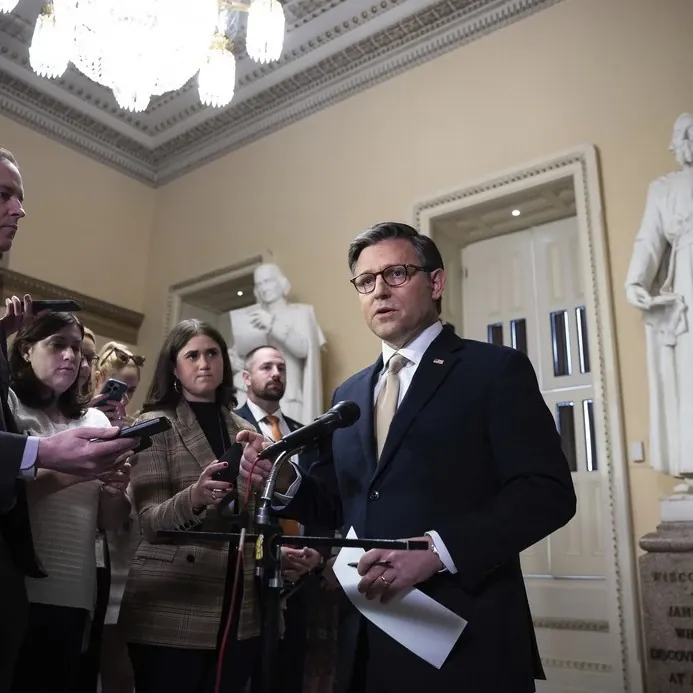Minnesota Senate
The Minnesota Senate is a pivotal component of the state’s legislative process, playing a crucial role in shaping the laws and policies that govern Minnesota. Comprised of 67 senators representing various districts across the state, the Senate collaborates with the Minnesota House of Representatives to address the needs and concerns of Minnesotans. This article provides a detailed overview of the Minnesota Senate, including its structure, functions, and the legislative process it oversees.
Structure of the Minnesota Senate
The Minnesota Senate consists of 67 members who are elected to serve four-year terms. Each senator represents a specific geographic district, ensuring that diverse voices from across the state are heard in the legislative process. The Senate is led by the Senate Majority Leader, who plays a vital role in setting the legislative agenda and guiding the Senate’s operations. The leadership team also includes the Minority Leader, who represents the interests of the minority party, and various committee chairs who oversee specific areas of legislation.
Roles and Responsibilities
The Minnesota Senate has several critical responsibilities, including:
- Legislation: Senators propose, debate, and vote on bills that affect various aspects of life in Minnesota, from education and healthcare to transportation and public safety.
- Budget Approval: The Senate plays a key role in reviewing and approving the state budget, which allocates funding for various state programs and services.
- Constituent Representation: Senators serve as representatives for their constituents, addressing their concerns and advocating for their needs within the legislative process.
- Oversight: The Senate holds hearings and investigations to ensure that state agencies are operating effectively and efficiently, maintaining accountability within the government.
The Legislative Process
The legislative process in the Minnesota Senate typically follows several key steps:
- Introduction of Legislation: Senators introduce bills by submitting them to the Senate. These bills can address a wide range of issues and can originate from individual senators, committees, or even the governor.
- Committee Review: Once introduced, bills are assigned to relevant committees for detailed examination. Committees hold hearings, gather public input, and make recommendations on whether the bill should proceed.
- Floor Debate: If a bill passes through committee, it moves to the Senate floor for debate. Senators discuss the bill’s merits, propose amendments, and ultimately vote on its passage.
- Crossing Over: If approved by the Senate, the bill is sent to the Minnesota House of Representatives, where it undergoes a similar process. If both chambers approve the bill, it is forwarded to the governor for final approval.
- Enactment: Once signed by the governor, the bill becomes law and is implemented across the state.
Public Engagement and Participation
The Minnesota Senate values public engagement and encourages citizen participation in the legislative process. There are several ways for residents to get involved:
- Testifying at Hearings: Members of the public can provide testimony on bills during committee hearings, offering their insights and perspectives on proposed legislation.
- Contacting Senators: Constituents can reach out to their senators directly to express their opinions on various issues, request assistance, or seek clarification on legislative matters.
- Attending Sessions: The public is welcome to attend Senate sessions and committee meetings, allowing citizens to witness the legislative process firsthand.
- Online Resources: The Minnesota Senate provides various online resources, including livestreams of sessions and recordings of meetings, ensuring that residents can stay informed about legislative activities.
Conclusion
The Minnesota Senate plays an essential role in the state’s governance, acting as a forum for debate, decision-making, and representation. By understanding its structure, responsibilities, and the legislative process, citizens can better appreciate the importance of the Senate in shaping the laws that impact their lives. Active participation from the public is vital in fostering a responsive and accountable government, ensuring that the voices of all Minnesotans are heard in the legislative arena.
For more information about the Minnesota Senate, including livestreams and recordings of government meetings, visit Civic Stream, your resource for engaging with local governance.






